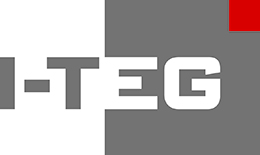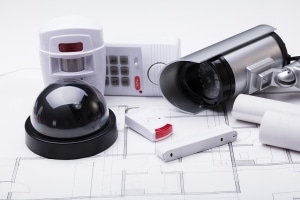
Building Automation
Planning of building automation systems
Building automation is part of facility management, the administration and management of buildings. Building automation comprises the entirety of all measures for monitoring, controlling, regulating and optimising operational processes in buildings. The technical equipment required for this purpose is part of building automation technology.
The aim of building automation is to carry out functional processes as far as possible automatically according to predefined parameters or to facilitate or simplify their operation or monitoring.
Building automation technology operates across all trades. A characteristic feature of building automation is the decentralised arrangement of automation stations and their consistent networking by means of a communication network or bus system.
Components of building automation technology
These include above all the automation equipment, also known as DDCbuilding automation control units.
Furthermore, switch cabinets, which are used to accommodate electrical or electronic elements of machines, systems or production equipment, are also counted among the technical elements of building automation technology.
Field devices are technical equipment such as activators or sensors that are located outside of control cabinets and are directly related to the process to be controlled.
Room automation systems control and regulate processes in a specific room and are a sub-area of building automation technology. They combine processes such as lighting, heating and ventilation that were previously controlled separately.
The various technical elements are connected to each other by means of cabling or bus systems.
Servers or gateways are required to process the information.
The final link in the chain is formed by management and operating equipment, which is equipped with appropriate software for visualizing the processes. A designation of this component that is only rarely used today is building management system.
Possibilities of building automation
- Control of lighting, depending on demand, time of day, week and season
- Control of heating, ventilation and air conditioning systems
- Shading of windows and skylights depending on sunlight and demand
- Monitoring of window and door contacts in combination with motion detectors
- Access control systems
- Collection of consumption data from electricity meters, heat meters or gas or water meters
- Control of conference technology and everyday appliances (radio, coffee machine)
- Presence simulation as burglary protection
Technical implementation
All control processes taking place in the building are combined and displayed in a control centre. More and more often, however, remote monitoring or remote control is also carried out via the telephone network or the Internet. Therefore, in modern buildings, the control centre can also be located outside the building.
Advantages of building automation
Costs are reduced because the consumption of electricity, water and heat or gas is optimized and adapted to actual needs.
The operation of the individual components is simplified. For example, the lighting situation “night” can be created by pressing a button without having to switch off each individual lamp.
Security is improved because unauthorized access is recorded and reported. In the event of dangerous situations (fire), an automatic alarm is triggered, and the alarm is forwarded to the emergency services. Burglaries are prevented by presence simulations.
Summary
Building automation technology is the entirety of equipment, software and services that serve the automatic control, regulation, monitoring and optimization of technical building equipment. The aim of building automation is the efficient and safe operation of the building. Since many of our clients have more than 250 employees and annual sales of over €50 million, there has been an obligation to carry out an energy audit since 2019. By means of special software applications, this required energy audit can be verified and carried out via building automation.



